|
Another fabulous programme all over HK with the kids from Island School! Mixing up a variety of locations and activities each day.
0 Comments
Venturing into the wilds of Sai Kung, the plethora of options open to hikers is astounding. Amongst the area’s list of many hills, top of most to do lists lies Sharp Peak. Arguably Hong Kong’s most remote mountain, areas surrounding the mount are simply stunning! Although Sharp Peak isn’t massively high at 468m, it is a very prominent hill and easy on the eye. The unspoilt views from the summit are among the finest in the land. Much of the route to and from is simply a segment the MacLehose Trail stage 2, however the meat of this sandwich deviates away to tackle Sharp Peak itself. Getting there can take some time from HK Island and Kowloon (particularly on weekends & Public Holidays), but it is a relatively hassle-free trip. Having reached Sai Kung, grab a cab out to either Pak Tam Au or Sai Wan Pavilion for around $100. Alternatively, one can take the 29R village bus from SK Town Centre to Sai Wan Pavilion or Hoi Ha Minibus and various KMB routes to reach Pak Tam Au. If starting at Pak Tam Au (easiest way), walk for an hour along the Maclehose Trail up to the top of the pass just after distance marker M040 where you then need to make a left turn onto a smaller trail. If coming from Sai Wan way, you’ll need to first reach Ham Tin Wan, then at the top of the pass out of Tai Long Wan, turn right instead of left to reach this trail. From there the ribbon trail works its way along a gentle ridgeline, transporting you through some light forests before breaking out into shrubbery, followed by open grassland. From here the way up is clearly evident as the gradient dramatically steps up a gear and Sharp Peak gets ‘sharp’.
The natural rock formations in the area south of Sharp Peak are very special and if you have a little extra time. Exploring the adjacent HK Geopark makes for a fun detour hiking over to the East Dam if you are very fit, or by sea (if there are speedboats operating) out of Tai Long Wan.
All in all, this is arguably Hong Kong’s most prestigious summit to have bagged. It may not be quite as high as Tai Mo Shan, or as technical as some other hills; but for its remoteness and beauty, Sharp Peak is a true HK heavyweight. For anyone who enjoys a physical challenge and packing in lots of sights, these routes make for an incredible day out. An Island of contrasts; one side among the most densely populated on earth, the other uninhabited in many parts. We were 4; a sea kayaker, an outrigger paddler and two stand up paddle boarders. Together completing the 46km voyage around Hong Kong Island in one trip just over 9 hours in duration, a bucket list item no longer! 💪🏼 💦
#wildhongkong #aroundtheisland #sheko #hkisland #hongkong #paddle #geopark #thisishongkong #typhoon #summer #adventure #paddling #beach #sup #stunner #fun #hkiger #discoverhongkong #wild #vista #hk #wildhk #hkig #photooftheday #gopro #wanderlust #drone #shelterisland Kayaking around HK 🚣🏼♂️ 🇭🇰 - 260km around Hong Kong, paddling on the outside of all the outermost islands in an epic local adventure. 1st leg - 📌 Sai Kung to Lamma Island - Paddling from Sai Kung to the south, a night was spent camping under the stars on the rugged Ninepin archipelago. From the Ninepins lay an open stretch ahead, across a few easterly swells to Waglan and Po Toi where an afternoon was spent stretching the legs across the Islands’ many footpaths. 2nd leg - 📌 Lamma Island to Mai Po - Was an absolute pleasure to link up bright and early with DJ on the northern shores of Lamma Island and make a circumnavigation (i went about 90% of the way round) of his home Island together! Once at the power station we parted ways and I crossed in unusually serene sea conditions to Cheung Chau. After a comfortable stay overnight, I linked up with Mark with batteries charged and we made rapid progress reaching the Soko Islands with plenty of time to explore the area. Highlights being the abandoned Vietnamese refugee camp and most vivid bioluminescence I have ever witnessed. Winds picked up a bit over night providing a blustery crossing to South Lantau, home to freshwater pools and a big feed at Tai O. Paddling under the bridge to Macau we’d hoped to see pink dolphins, but without luck. This marked a turning point in our surroundings, which from then on became increasingly industrial as we approached and navigated through Shenzhen Bay. The finale of this leg could not have provided starker contrast, a majestic sunset paddle through the tranquil wetlands of Mai Po. 3rd leg - 📌 Luk Keng to Sai Kung - A return to solo paddling for the final leg set in motion a 2 day epic paddle; crossing Mirs Bay twice before rounding Sai Kung Peninsula to complete my loop around HK. The first task at hand was to transport the kayak across HK’s land border with China to Starling Inlet. Tranquil mangroves at Luk Keng soon emerge onto open waters and after crossing 30km over to Tung Ping Chau in light headwinds, I was in position to follow that up with a big paddle the following day. A northerly front swung through overnight and an early start helped to propel me homewards through increasingly tumultuous waters. 50km later, I was home and the trip was done 👍🏼
Info on DJ's series 'Drone & Phone'; https://www.droneandphone.com/ https://www.facebook.com/droneandphone/
Info on Mark's row across the Northwest Passage; https://nwpexpedition.com/ https://www.facebook.com/NWPexpedition Filmed by Rory Mackay & Jack Yao Produced by Rory Mackay #kayakingaroundhongkong #wildhongkong #kayaking #adventure #maipo #shachau #lantau #sokoislands #Cheungchau #lammaisland #winter #paddling #beach #hongkong #stunner #fun #hkiger #discoverhongkong #wild #vista #bliss #hk #wildhk #hkig #photooftheday #gopro #wanderlust #drone #lukkeng #tungpingchau #tailongwan #saikung #mirsbay #starlinginlet #ninepins #waglanisland #potoi There are many spots in Hong Kong that can feel far removed from the city, but are in fact just round the corner or over the hill from town. Then, there are those rare spots that are genuinely far removed from civilization. The Southern waters off Lantau Island are such a locale. Within these waters lie a somewhat forgotten and neglected archipelago; the Soko Islands. A great option for intrepid day trippers, yet still family friendly, little about a visit to the Soko Islands is routine. As there are no scheduled boats you will need to arrange your own, however if you make the effort to venture to this remote area you will be rewarded with a trip back in time! An untarnished landscape bursting with pristine beaches and historical relics lies in wait. If not travelling on your own private boat or charter such as a junk, then (other than kayaking), the simplest way to reach the Sokos is via Cheung Chau. From Cheung Chau you can agree a fee with a local boat operator to drop off and pick up within one day. Incidentally if one wants to kayak there, kayaks can be rented from Cheung Chau too, but it is only advised for more experienced sea farers as you will cross exposed bodies of water. If in any doubt, arrange for a guide. There are 2 main islands that one would spend time ashore on here, Siu A Chau and Tai A Chau. Both have several stunning beaches to enjoy and a small pier that a smaller vessel can safely alight at. Up till the late 1970s, the Soko Islands were home to merely a couple dozen farming families, tending to small scale agriculture and fishing in order to survive. This all changed in the following decades as Tai A Chau became home to an ever-expanding refugee camp housing people fleeing the conflict in Vietnam. Although the Vietnam War came to an end, the ensuing issue of these refugees was never properly resolved. The Soko Island camp was gradually shut down by the government approaching the 1997 handover and inmates were transferred to camps elsewhere in Hong Kong. It’s absolutely incredible to see just over 25 years on, how little of the camp remains. For the most part, concrete foundations and not much else. But a closer look reveals smaller details of what once stood at the site of the camp. The Sokos are an incredible part of Hong Kong to explore. Any adventure here will leave you with great memories and a sound appreciation of the living standards most of us enjoy in that big city, just across the sea.
Sai Kung native Rory Mackay kayaked 250km around Hong Kong, paddling on the outside of all the outermost islands in an epic local adventure. Rory cast off from the shore just 20 metres in front of his house near Sai Kung, and kayaked in three legs; "Paddling from Sai Kung to the south, a night was spent camping under the stars on the rugged Ninepin archipelago. From the Ninepins lay an open stretch ahead, across a few easterly swells to Waglan and Po Toi where an afternoon was spent stretching the legs across the Islands’ many footpaths. Was an absolute pleasure to link up bright and early with an old friend called DJ on the northern shores of Lamma and make a circumnavigation (I went about 90% of the way round) of his home Island together! Once at the power station we parted ways and I crossed in unusually serene sea conditions to Cheung Chau. After a comfortable stay overnight, I linked up with another mate called Mark for the remainder of the second leg with batteries charged and we made rapid progress reaching the Soko Islands with plenty of time to explore the area. Highlights there being the abandoned Vietnamese refugee camp and most vivid bioluminescence I have ever witnessed. Winds picked up a bit over night providing a blustery crossing to South Lantau, home to freshwater pools and a big feed at Tai O. Paddling under the bridge to Macau we’d hoped to see pink dolphins, but without luck. This marked a turning point in our surroundings, which from then on became increasingly industrial as we approached and navigated through Shenzhen Bay. The finale of this leg could not have provided starker contrast, a majestic sunset paddle through the tranquil wetlands of Mai Po. A return to solo paddling for the final leg set in motion a 2 day epic paddle; crossing Mirs Bay twice before rounding Sai Kung Peninsula to complete my loop around HK. The first task at hand was to transport the kayak across HK’s land border with China to Starling Inlet. Tranquil mangroves at Luk Keng soon emerge onto open waters and after crossing 30km over to Tung Ping Chau in light headwinds, I was in position to follow that up with a big paddle the following day. A northerly front swung through overnight and an early start helped to propel me homewards through increasingly tumultuous waters. 50km later, I was home and the trip was done." To see more, you can also see the below article about this trip covered by the South China Morning Post; https://www.scmp.com/sport/outdoor/extreme-sports/article/3124652/kayaker-paddles-250km-around-outside-hong-kong-filling?utm_source=copy_link&utm_medium=share_widget&utm_campaign=3124652 Rugged, windswept and diverse, Tung Ping Chau possesses a little bit of something for everyone. From family friendly walks and pristine white sandy beaches to rock formation adventures and historical rekeys. No matter how you wish to play things, this will be a full day outing at the very least. There are only two ways to reach Tung Ping Chau, either by private/chartered boat or by taking the public ferry (Weekends and Public Holidays only) from Ma Liu Shui in Sha Tin. Departing from Ma Liu Shui: 09:00am (or 15:30pm Saturdays only) and departing from Tung Ping Chau: 17:15pm. Fare: $90 return ticket). The ferry journey from Ma Liu Shui takes 1.5hours to complete, so sit back and relax enjoying the views of Tolo Harbour. A landscape of tranquil channels lined with red rocks (unique to this part of HK), before emerging upon the open waters of Mirs Bay. Located in the heart of the Tung Ping Chau close to the pier, lies the only major settlement of note on the isle and definitely deserves a pit spot upon arrival. After a refreshing drink and bite to eat, one could easily spend the best part of a couple of hours strolling the adjacent Northeastern beaches, interspersed by crumbling Hakka houses and shade yielding Banyans.
The unique geology of Tung Ping Chau on the other hand is a much more enduring attraction to spend your time exploring. The best way to discover the island is by circumnavigating the Ping Chau Country Trail, which at 5km typically takes around 2hrs to walk in one go without any long breaks. However, stopping along the way to explore all the incredible sedimentary rock formations on show, or delving into the interior of Tung Ping Chau is what this Island is all about. Possessing the youngest rocks in Hong Kong, there are numerous laminated coastal shelfs and sea cliffs to witness. Be sure to catch the final boat leaving the island for return to Sha Tin at five o’clock, unless taking your own boat back or camping overnight is more your thing. Camping in HK can be an awesome experience and Tung Ping Chau is a superb illustration of this. Beware that there is a lot of ambient light coming from China at night, so try to orientate your camp towards Mirs Bay and get more breeze in the process.
Among the list of Hong Kong’s many outlying places, the castaway isle of Tung Ping Chau is worth the trip at least once. The adventure to and from it, is as much an attraction as the being there is.
Getting to the islands is not straight forward, but that is what makes it all the more alluring. The most common way to reach Double Heaven is by a ride on the ferry from Shau Tau Kok to Kat O, however as this falls within the Closed Border Area, an access permit is required. Alternatively, you can join a private island tour to charter a boat or get a water taxi from Wong Shek Pier. The number 94 and 96R KMB buses go to Wong Shek Pier (96R operates on weekends only). For the more intrepid, one can sail or kayak to the region and utilize many of the secluded anchorages the archipelago has to offer. The primary port of call for all that reach the 4 main islands of Double Heaven is the sleepy village of Kat O. Located on Crooked Island, it is the only major settlement of note in the area and one could easily spend the best part of an hour wondering the laneways; crumbling Hakka houses interspersed with shade yielding Banyans. Enjoy a waterfront stroll and keep an eye out for the three 19th century era cannons, aptly pointed northwards towards the large container port of Yantian. Often visible, this behemoth on the Chinese Mainland provides a compelling juxtaposition between the traditional ways of the Hakka people and the rise of Modern China across the waters. From Kat O, there are a few short hikes you can pursue across opposite ends of Crooked Island; the most worthwhile being a shorter trail leading Northeast across to a large sandy beach which has views across Mirs Bay. Make sure to indulge yourself with a decent meal and grab fluids in Kat O, as there are next to no such amenities anywhere else. If you have your own boat or kayak, then Kat O serves as a worthy port of call before venturing to more remote areas of the archipelago. For those who are not so fussed about the logistics of venturing offshore and are happy to get a taster for the area, another option is to visit the coastal portion of Double Heaven near Lai Chi Wo Village. One can reach Lai Chi Wo overland by hiking from Wu Kau Tang in Plover Cove Country Park (take green minibus no. 20R departing at Tai Po Market MTR station to Wu Kau Tang), or by taking a ferry (Sunday and Public Holidays only) from Sha Tin (Depart from Ma Liu Shui: 09:00am. Depart from Lai Chi Wo: 15:30pm. Fare: $50 single ticket, $80 return ticket). The hike from Wu Kau Tang takes you in an Easterly direction over a pass to reveal fantastic views over the entire Double Heaven area, before descending to the coast. Venturing further afield, there are many trails in Plover Cove Country park to choose from. If taking the ferry from Ma Liu Shui, enjoy the views of Tolo Harbour en route before rounding the headland to enter a new landscape of tranquil channels lined with red rocks (unique to this part of HK). Be sure to catch the final boat leaving the island for return to the mainland at 15:30pm, unless hiking back or camping overnight stay is more your cup of tea. Camping in HK can be an awesome experience; there are a few great options around Plover Cove Country Park, the ‘Sam A Chung’ campsite being the best situated of them.
Among the list of Hong Kong’s many regions, the castaway islands of Double Heaven are worth the trip at least once. The adventure to and from Double Heaven is as much an attraction as the being there is. In late March 2020, Wild HK Founder Rory Mackay embarked on a 5 day Kayaking and camping expedition with Mark Agnew from the South China Morning Post. The primary aim was to make a tour of the archipelago which creates Double Heaven. Located in the far flung northeastern corner of the New Territories adjacent to the Chinese mainland, it would require us to cover the best part of 140KM in order to achieve this (starting and finishing in Sai Kung). A world onto its own, Double Heaven by any nations' standards would be considered a remote and relatively pristine place - all the more special for us to visit, given this was in Hong Kong. With all this said however; the adventure (rugged scenery, challenging seas and wilderness beachside camps) either side of exploring Double Heaven was just as exceptional, if not more so. After a shorter half-day on Day 1 in order to get away from Sai Kung town, Day 2 was a mammoth 39KM paddle around the greater Sai Kung Peninsula and across the the mouth of Tolo Harbour to reach Double Island. After a big second day, we earned the privilege on day 3 to go at a more casual pace and explore the various passages of Double Heaven. Time was taken off to explore the charming village of Kat O and restock supplies, before heading south and camping overnight on Port Island. A huge effort followed on day 4 as sea conditions were less hospitable than previous days. It was graft paddling upwind much of the way and most satisfying to arrive at Bluff Island for a short hike and one of the best sunsets I've ever seen (no joke, have seen plenty)! The place was paradise; icing sugar sand, luminescent plankton, no plastic and a decent stash of fire wood. Last day of the trip we made a detour of sorts to explore sea arches and caves on Basalt, Bluff and Jin Islands, before completing formalities.
Although we don't take this trip as a guided tour, or necessarily advocate getting to Double Heaven in the manner we did (it is hard work and requires ocean going experience) - I highly recommend for anyone who regards themselves as a real 'Hong Konger' to visit this remote enclave at least once in your life. Other than kayaking or taking your own boat out there, one can take a ferry to Kat O on weekends and Public Holidays. Hong Kong is known for being a diverse, massive metropolitan city. Some of the most breathtaking skyscraper views and endless stores can be found here, but did you know it’s also full of gorgeous beaches? That’s right – if you’re looking for the perfect vacation spot for the hotter months, Hong Kong is it. 1. You Get the Best of Both Worlds Sometimes it can be difficult to choose whether you want to spend your vacation in a bustling city or away from the crowds, relaxing on the sand. With Hong Kong, you don’t have to make that difficult decision! A great way to start your time off would be to head up to Victoria Peak, which is a lookout point offering stunning views of the city and the harbor underneath, complete with telescopes. Later in the day, you can checkout Victoria Harbor up close. Have dinner at a harborside restaurant at golden hour, and head outside for the nighttime light shows that are sure to impress! 2. World-Class Food Hong Kong offers some amazing traditional food here, but if you’re in the mood for something different, you’ll also find just about any other kind of cuisine you can think of! From Mexican, Southeast Asian, and Hawaiian to barbecue, Mediterranean and vegan dishes – it’s all there! You’ll often be accompanied by some live music, perfect to have a drink to! Grab a mojito, a glass of wine, or an ice-cold beer and watch the sunset! If you feel like having a quick snack, there’s also some delicious street food to be found around here and really, shouldn’t be skipped over. 3. Surfing If you’re a surfer, visiting Hong Kong should be on a list of your top destinations. With places called “Big Wave Bay” you can tell it’s just made for the sport! While you won’t find waves quite as tremendous as those in Hawaii, they’re still quite impressive and HK has a long history of surfing. As winter is one of the best times to go, it’s time to leave the cold and enjoy an array of different spots. Cheung Sha is great if you want to get away from crowds of people and have your own space without waiting. Pui O is perfect for beginners or those who are trying to improve their skills to an intermediate level. The aforementioned Big Wave Bay is reserved for the more experienced surfer and is easily the city’s most popular surf spot. However, beware of strong riptides and rocks at both ends of the beach. It’s a wise idea to bring your own surfboard if you have one! The easiest way to travel with it is to bring a dedicated travel bag. 4. Theme Parks Who doesn’t love a good theme park? Whether you’re bringing kids along or are just an adrenaline junkie, you’re sure to find something up your alley. Disneyland Hong Kong is yours for the taking, and the perfect way to spend an entire day if you don’t feel like heading to the beach. If you don’t feel like visiting Mickey and Minnie, there’s another great alternative: Ocean Park. It’s a marine mammal park, oceanarium, animal theme park and amusement park. The rollercoasters you’ll find here are some of the world’s best, and offer awe-inspiring views of the harbour. One thing is for sure, you’ll never run out of things to do or look at. Both Disneyland and Ocean Park make up the 2 biggest theme parks in Hong Kong, too! 5. Relax at Repulse Bay Beach
Going to the beach doesn’t always mean you have to partake in extreme activities like surfing! Sometimes it’s more than enough just laying on the beach, closing your eyes, and listening to the sounds of the tide rolling in. Repulse Bay Beach is the perfect location to do so, with white sands, relatively calm waters, and lush trees that surround it. Instead of a rugged feel, it offers a kind of resort vibe, complete with bay houses, designer stores, and incredible restaurants perfect for casual and upscale settings. You’ll want to pack a swimsuit just in case you feel like taking a dip in the water, along with some water shoes to protect your feet from any rocks or garbage, though you probably won’t find a whole lot of that here. Pro Tip: If you’re up for it, there’s a more “secret”, tree-lined beach called “South Bay” around 3 miles away. Summary Now that you’ve had a chance to read all about the 5 reasons why you need a beach vacation in Hong Kong, which adventure will you be starting out with? The great thing about Hong Kong is that you can easily and realistically accomplish all of them! Weather is typically climate – not too hot nor too cold. However, there are periods where it can get quite humid so make sure to plan accordingly! No matter what your interests or goals are, there’s at least one activity on our guide that you’re sure to enjoy and remember for years to come! Thanks for tuning in and we’ll see you again soon. Happy traveling! For more similar articles, check out; outsidepursuits.com |
Categories
All
About usWe are one of Hong Kong's premier adventure & eco tour operators. This is our blog, documenting many of the wild places we explore and show guests. Archives
June 2024
|


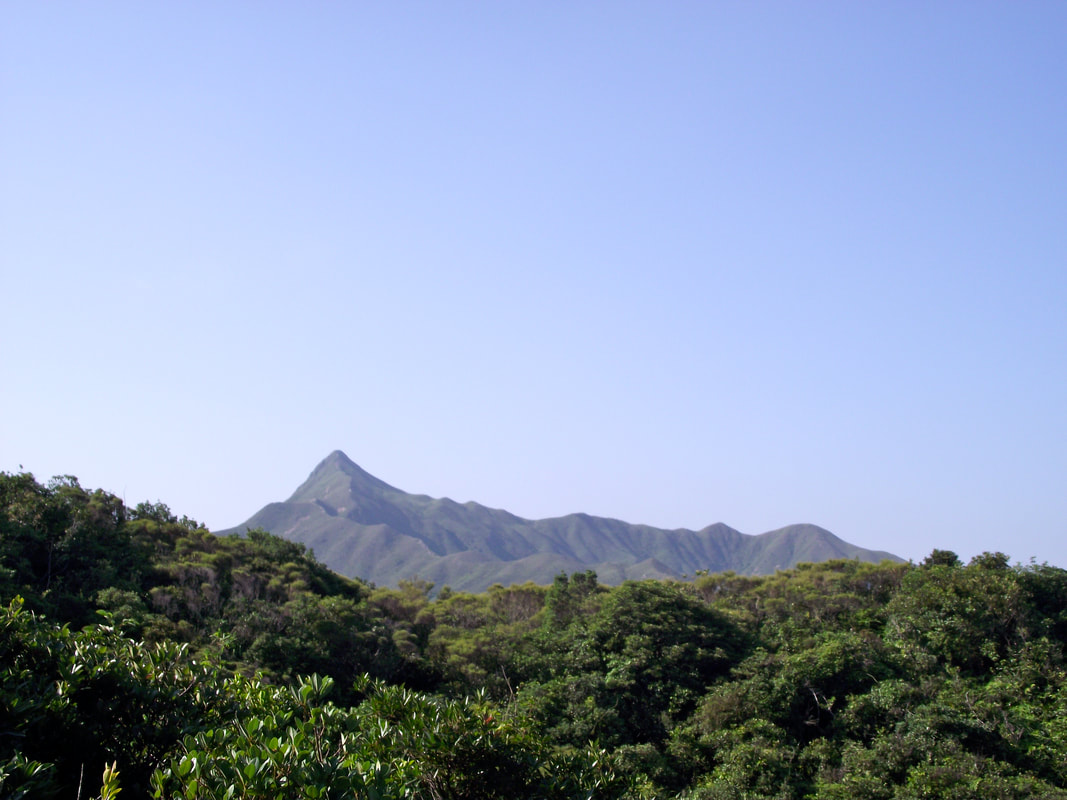
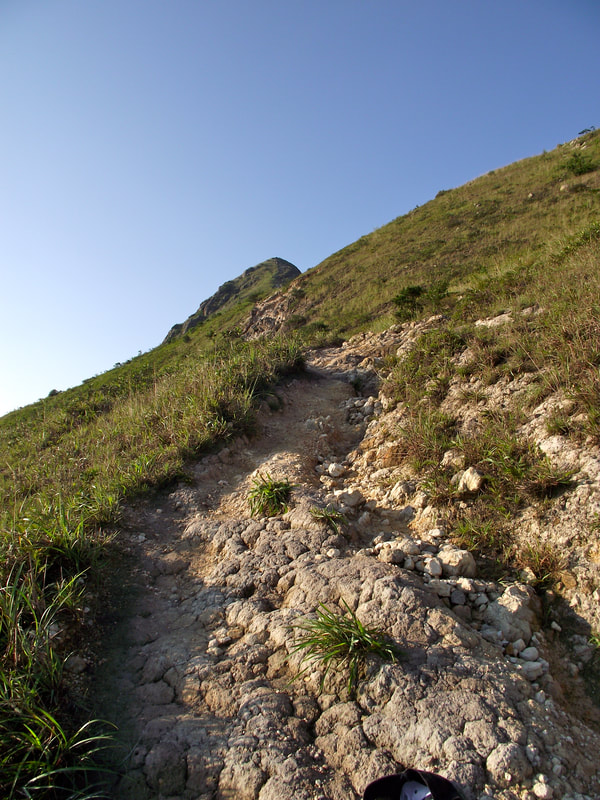

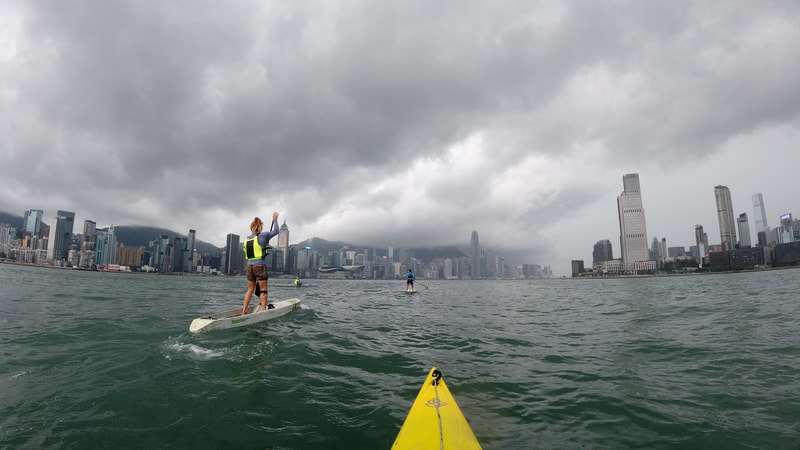
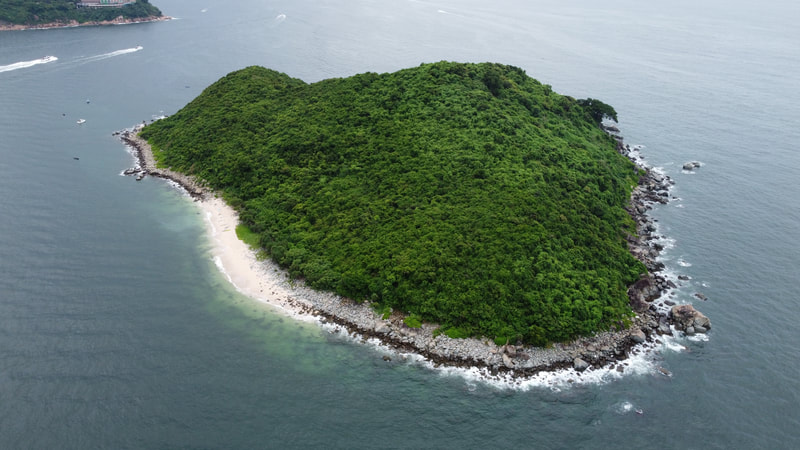
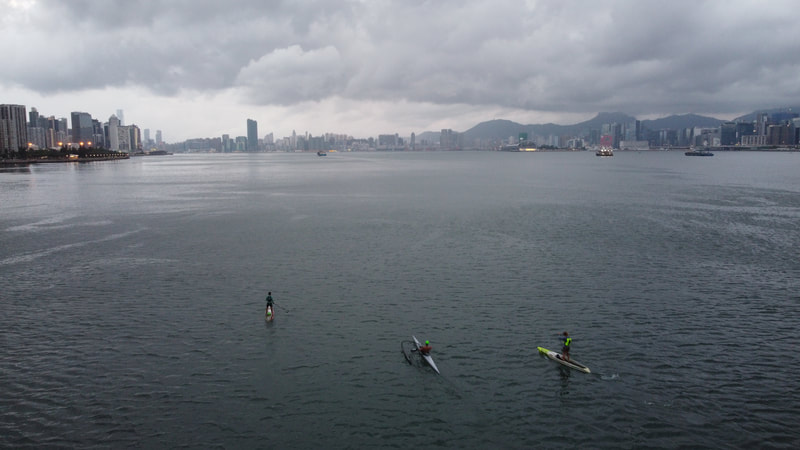


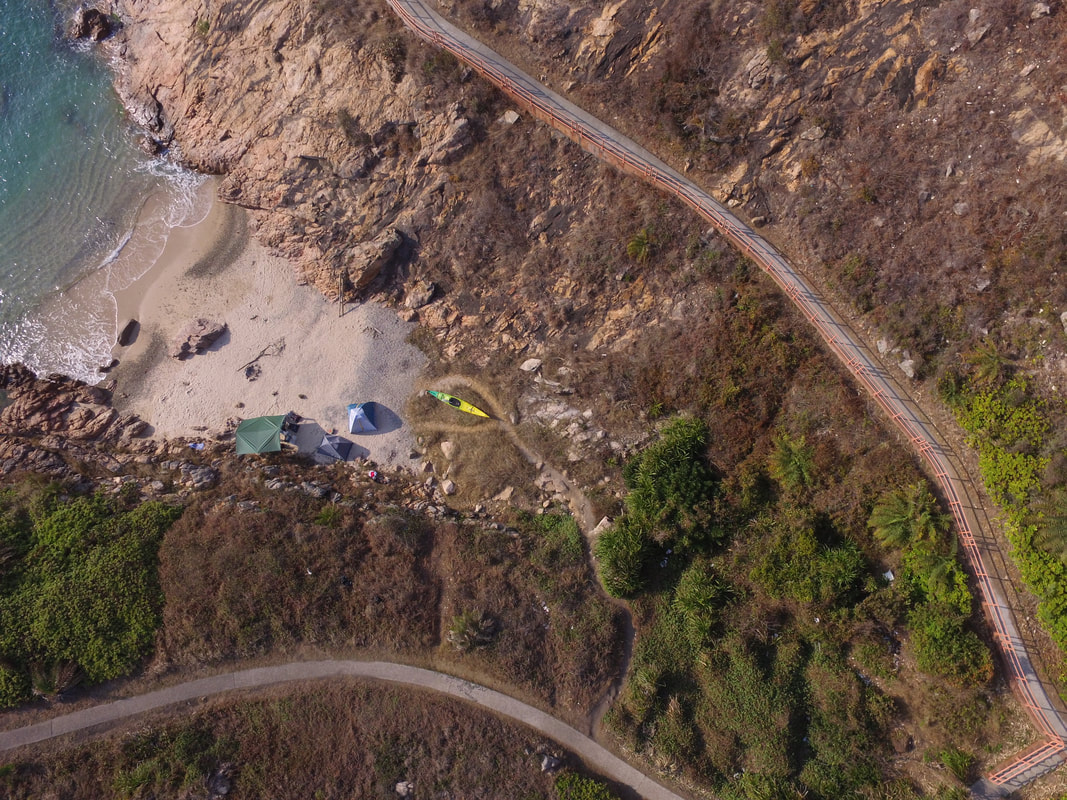
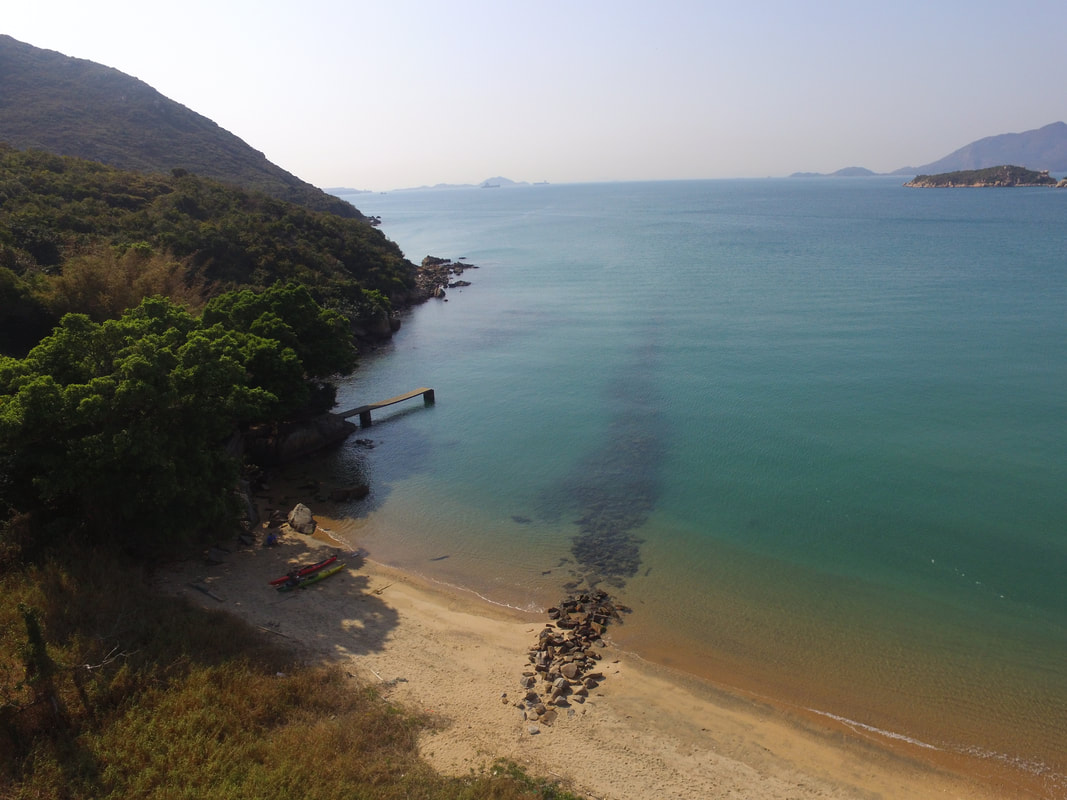
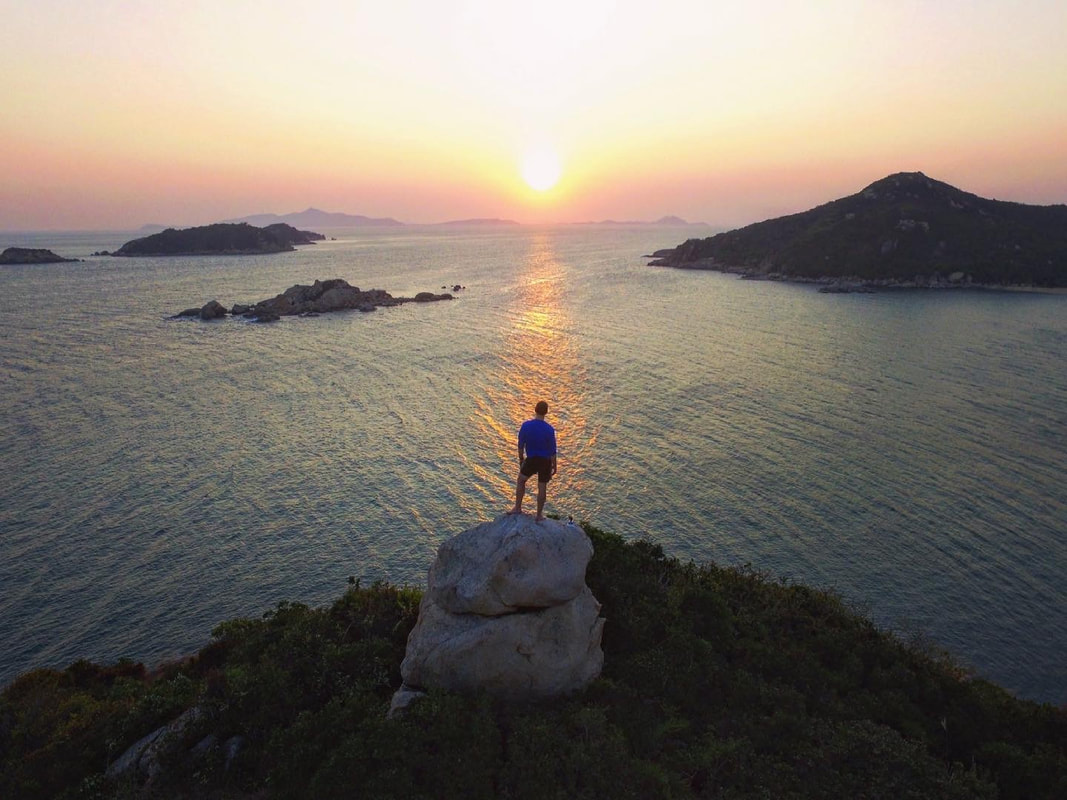
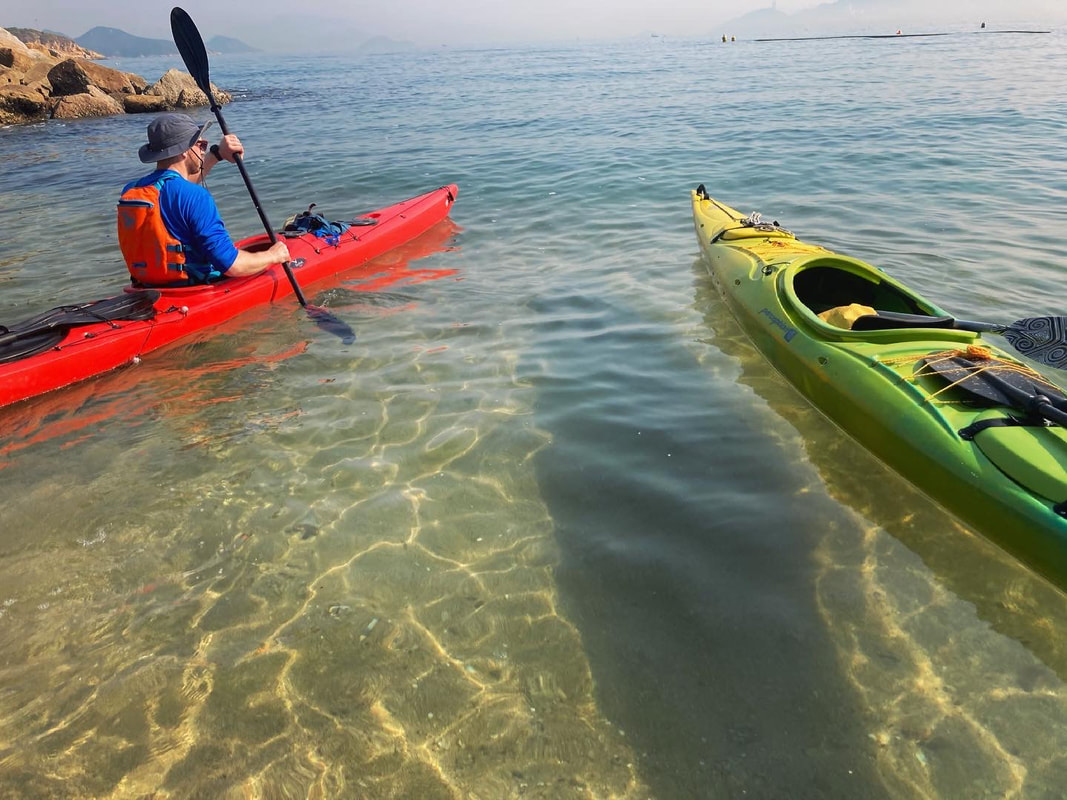





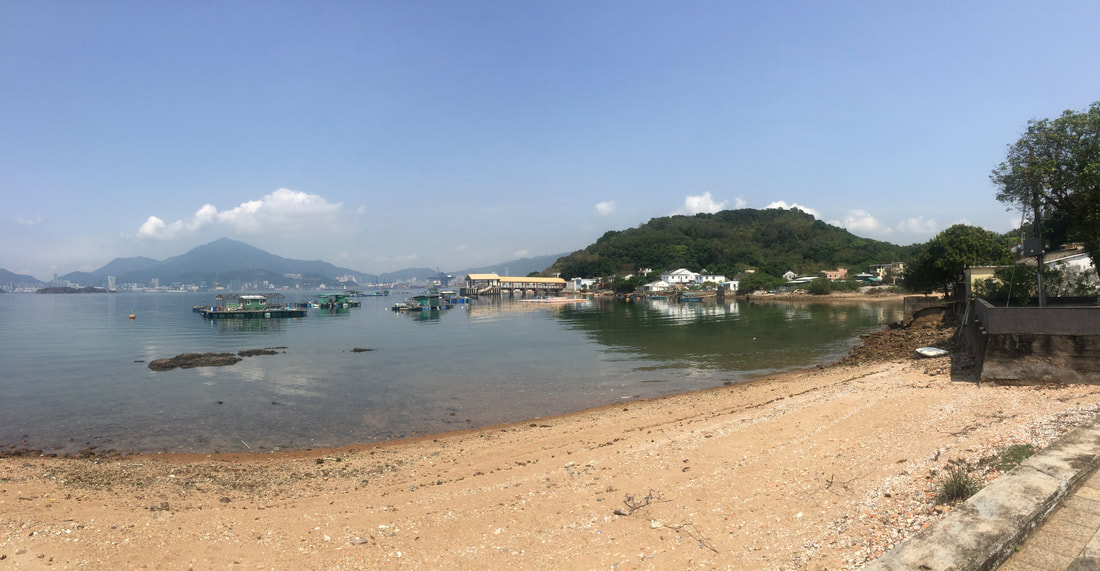
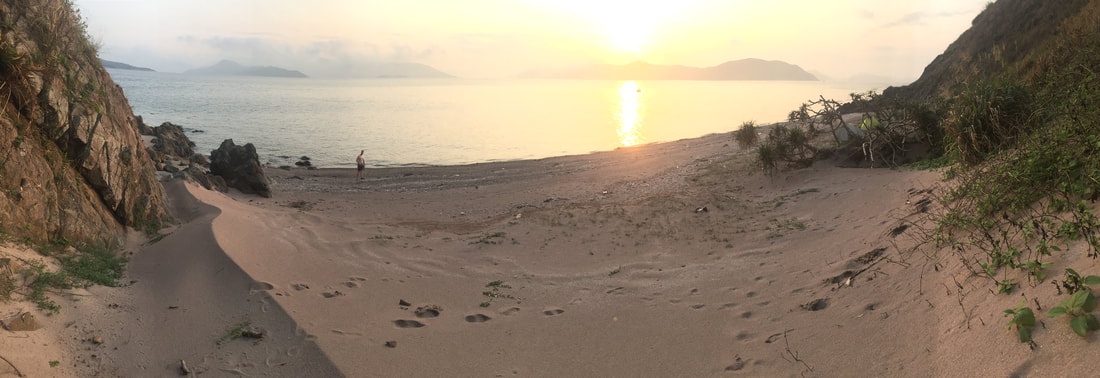

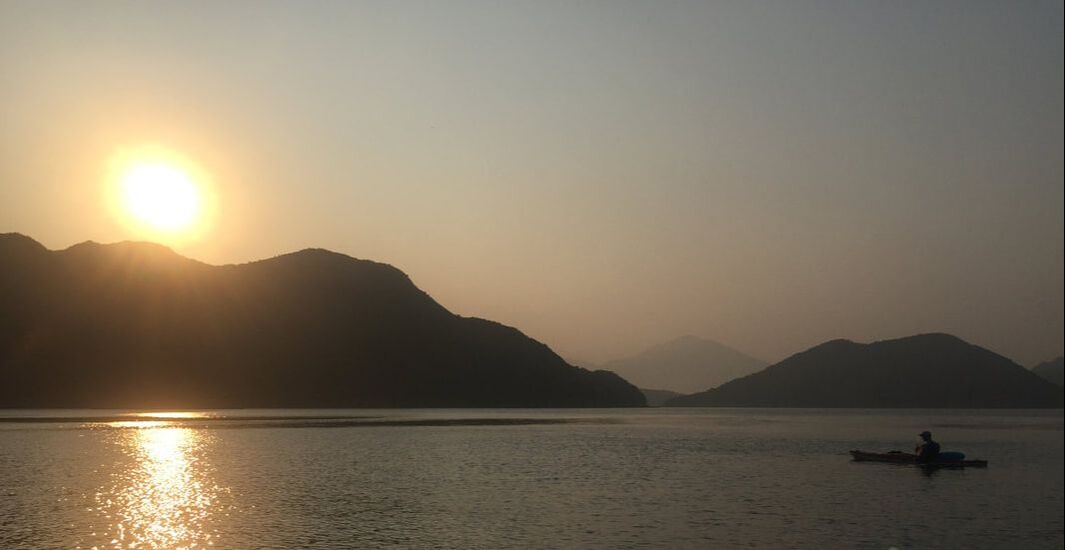
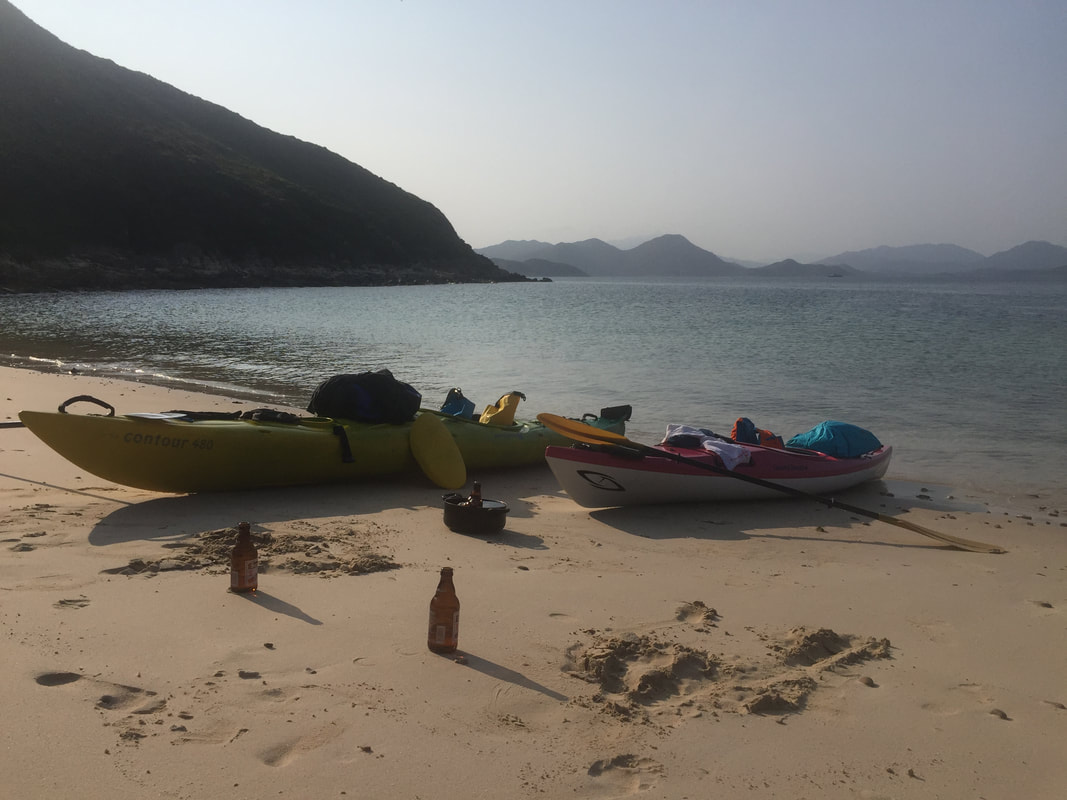


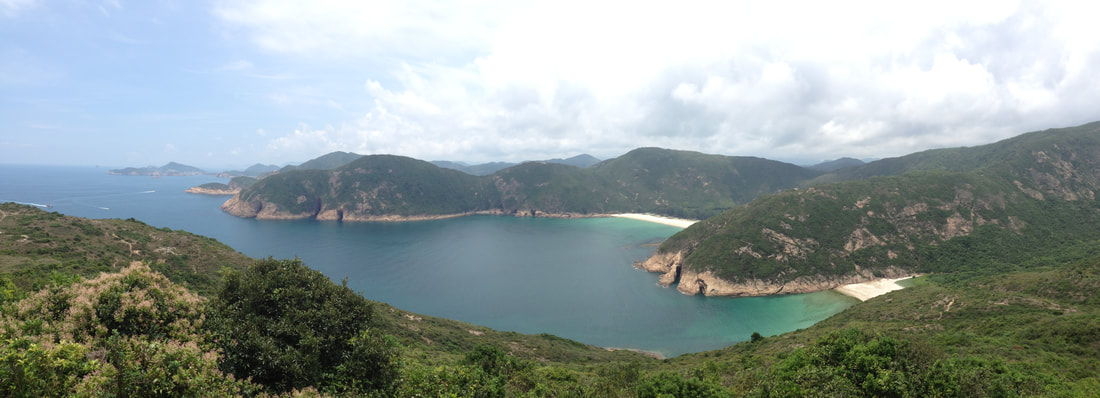

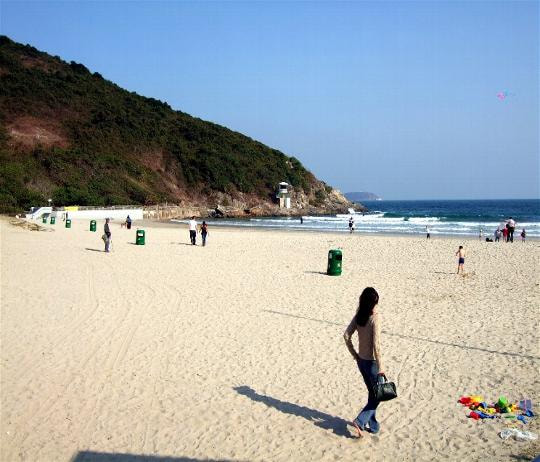

 RSS Feed
RSS Feed
